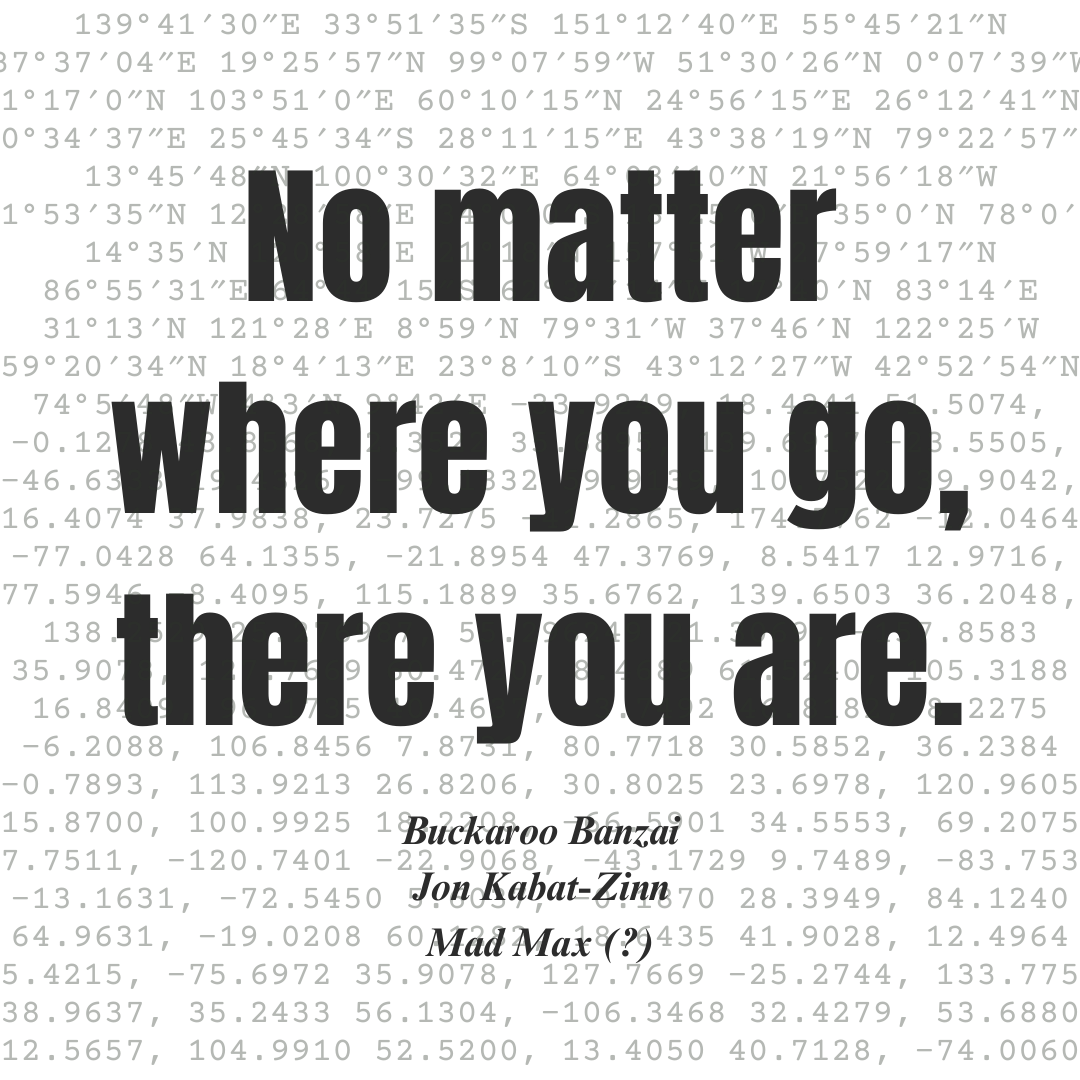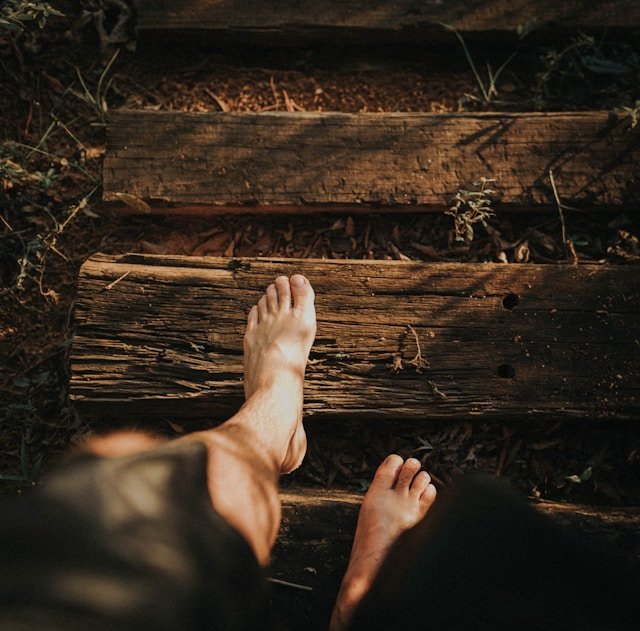How to Check In with Yourself—A Simple Guide for Your Emotional, Mental, and Relational Well-Being
“No matter where you go, there you are.” – Buckaroo Banzai, Jon Kabat-Zinn, and maybe even Mad Max.
Days pass quickly enough—so it’s easy to lose touch with how we’re actually doing until something stress, burnout, or conflict forces us to pay attention. But what if you could notice what’s going on before it builds up? Or to prevent build-up? (Like cleaning your bathtub—if you don’t do it on the regular, you’ll get build-up.)
That’s where learning how to check in with yourself comes in. Think of it as a quick (or a little longer), intentional pause to ask yourself
What’s happening in my body?
How am I feeling emotionally?
What’s on my mind?
What do I need right now?
It doesn’t have to be elaborate or time-consuming. In fact, in my Minnesota online therapy work with clients, I find the best self check-ins are (1) brief, (2) simple, and (3) consistent (enough).
Why checking in with yourself matters
You’re with yourself 24/7. If you’re not noticing what’s happening inside, it’s easy to drift into autopilot. Or worse, you continue to ignore signs of stress, sadness, or disconnection until they get big and loud.
Regular self check-ins help you
Catch stress before it builds into overwhelm
Notice emotions so they don’t leak out sideways
Identify what you need and respond with kindness (to yourself and to others)
Strengthen emotional self-awareness, a key part of healthy relationships
As Dan Siegel, MD (author, educator, psychiatrist, psychotherapist) says, “Where attention goes, neural firing flows, and neural connection grows.” In other words, what you notice and tend to thus shapes your brain and your mind and, therefore, your well-being.
It matters a lot.
Start with intention
Self check-ins work best when you’re intentional about them. That might mean scheduling them, linking them to an existing habit, or both. (It is also okay to check in when you remember to, even if it’s spontaneously.)
You could
>> Set a task or reminder on your phone for every morning and evening
>> Pair it with your morning coffee, shower, or evening countertop clean-up
>> Leave 60 seconds for yourself before a meeting or after you park your car
For more ideas on being purposeful with your habits, see my post on being intentional.
How to check in with yourself in 5 steps
You can do this anywhere. And no one even has to know you’re doing it.
1. Notice your body
Scan from head to toe. Do you feel tight, warm, tingly, heavy, light anywhere in your body? No need to change anything—just notice.
2. Notice your emotions
Ask, am I sad, content, frustrated, excited? More than one emotion going on? Again, observe without fixing.
3. Notice your thoughts
Are you replaying a conversation? Mentally running through your to-do list? Notice your mental “soundtrack.”
4. Identify what needs attention most
A tense jaw? A knot in your stomach? A thought that won’t let go? Acknowledge it:
“My tight chest needs attention.”
“I’m still thinking about how I might have disappointed my friend.”
5. Ask what it needs
Silently ask, “What can I offer you right now?” Listen for a response. You might hear
“Stretch and take three deep breaths.”
“Skip going out tonight and rest.”
“Write down that thought so I can revisit it later.”
If you can commit to doing that thing (stretching, not going out, writing it down), notice if anything shifted. Was there a response? Maybe relief or gratitude? And once you’ve committed, be sure to follow through!
Simple practices to support your check-ins
Self check-ins don’t always have to be mental only. You can weave in activities that help you process or release what you notice.
>> Journaling
>> Coloring or drawing
>> Walking outside and touching nature
>> Grounding by curling your toes in the grass
>> Meditating or mindful breathing
>> Working out
>> Stretching like a cat or wiggling or moving your body any which way it can
>> Creating through painting, music, photography, or crafts
Being consistent will help keep your new habits going.
Two powerful self check-in questions
When you’re ready to expand your practice, try adding these questions.
1. What am I doing today to feel good?
This could be something ‘small’, like enjoying your favorite tea or texting a friend. Schedule it. Make it happen.
2. Is there anything I need to let go of?
A grudge, a habit, an unnecessary item on your to-do list? Release it to one of the elements—imagine placing it into your hand and then blowing it into the wind or into a moving river so it’s carried away from you.
By making space for both joy and release, you’re creating a regular rhythm that supports balance, clarity, and emotional well-being.
Common concern—“I don’t have time”
You don’t need to carve out big chunks of time from your day. Even 30 seconds makes a difference when you’re practicing being intentional and consistent.
And anywhere will do—in your car, at your bathroom sink, at the grocery store. Just do.
And if you skip a day (or a week)? Just start again.Self check-ins are a practice, not a perfect.
Benefits over time
A consistent self check-in practice can
Lower stress hormones and blood pressure
Improve mood and emotional resilience
Increase focus and clarity
Strengthen your relationships (when you know what you need, you can communicate it better)
No matter where you go, there you are … So why not be present with yourself in a way that helps you feel good, connected, and cared for?
How Minnesota online therapy can support your self check-in practice
It can be hard to know where to start—or to keep going—when you’re building a new habit like regular self check-ins. Working with a therapist through Minnesota online therapy gives you a consistent space to slow down, reflect, and practice these skills with guidance.
Together, we can
Personalize a self check-in process that works for your schedule and lifestyle
Explore what you notice during check-ins without judgment
Develop tools to respond to your needs in healthy ways
Online sessions mean you can begin this work from anywhere in Minnesota—whether you’re at home, at the office, or traveling.
If you’d like support creating a self check-in practice that works for your life, Minnesota online therapy with me can help.
Let’s connect.
Cheering for you for your peace within,
JoEllen


